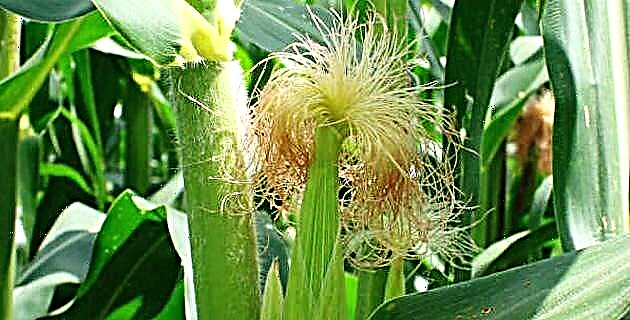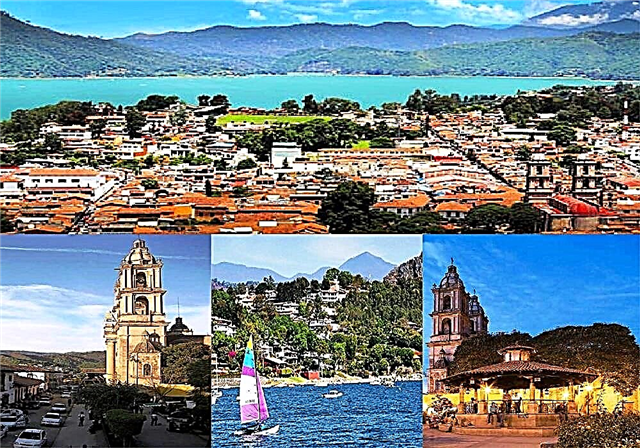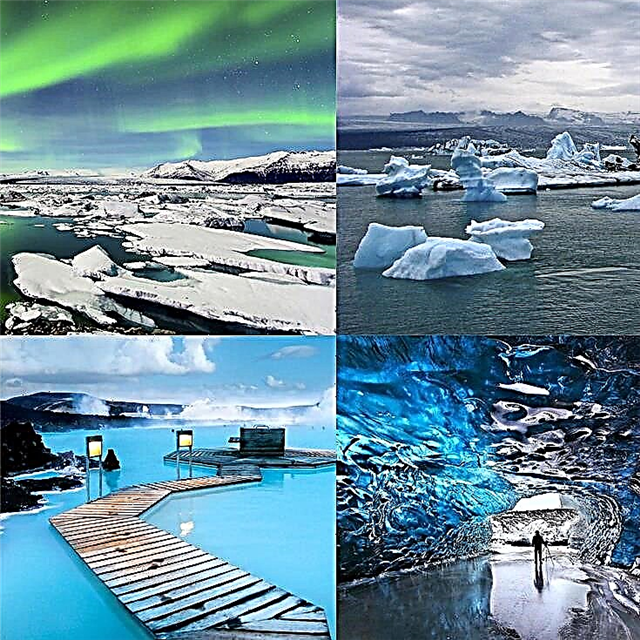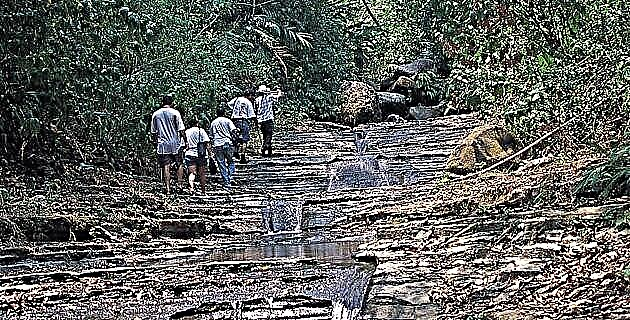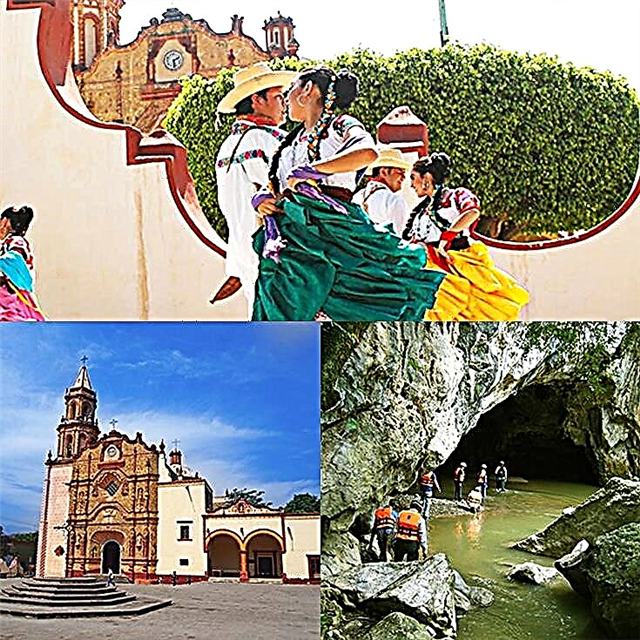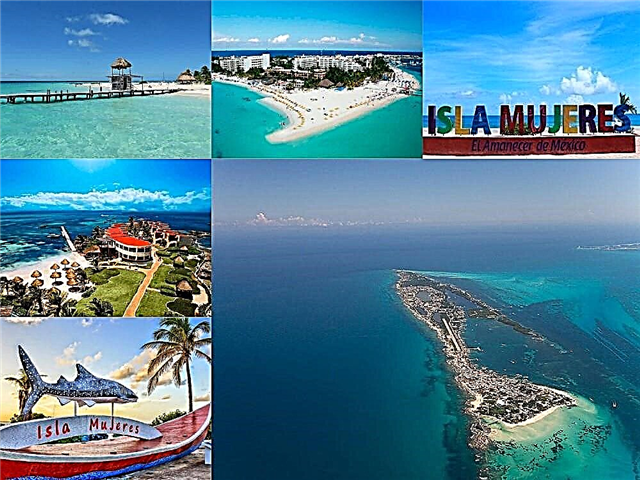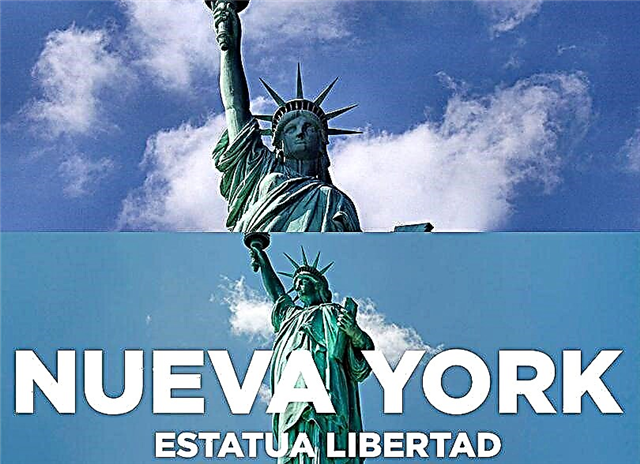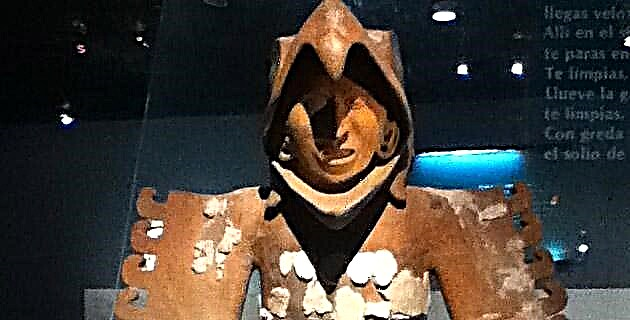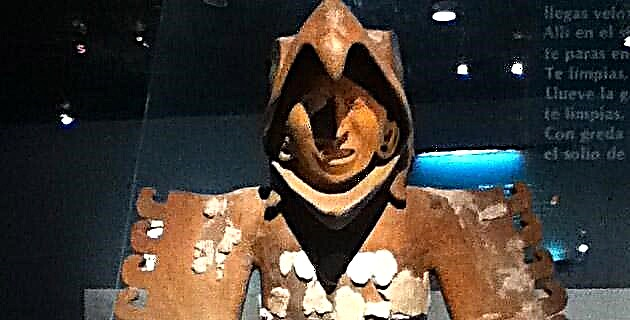
When visiting the Museo del Templo Mayor in Mexico City we cannot avoid being surprised at the reception of two strangely dressed life-size characters, who impress us with their great sculptural quality and representative strength.
Some of the questions that, without a doubt, these sculptures raise in the minds of visitors to the Museum must be: Who do these men represent? What does his attire mean? What are they made of? So were they found? In what place? When? How would they do it? And so on. Next I will try to answer some of these unknowns; Several of them are clarified to us by the scholars of the subject, others, the very observation of the pieces.
These are two structurally equal but not identical ceramic sculptures; each one represents an Eagle Warrior ”(soldiers of the sun, members of one of the most important military orders in Aztec society), and were found in December 1981 during excavations of the Templo Mayor, in the Eagle Warriors Enclosure.
It is highly unlikely that these pieces were created with the purpose of giving the site an aesthetic detail. Undoubtedly, the artist must have conceived them as representations, not of the warriors, but of their essence: men full of pride in belonging to this select group, full of the vigor and courage required to be protagonists of great military feats, and with the courage sufficient temperance and wisdom to maintain the strength of the empire. Aware of the importance of these characters, the artist did not worry about perfection in their small details: he left his hand free to represent force, not beauty; he molded and modeled the clay at the service of the representation of the qualities, without the preciousness of the technique, but without neglecting it. The pieces themselves tell us about someone who knew their craft, given the quality of their production and the solutions that a work of this size required.
Location
As we have already said, both sculptures were found in the Eagle Warriors Enclosure, the exclusive headquarters of this group of noble combatants. To give an idea of the place, it is important to know how this magnificent site is architecturally structured. The Enclosure consists of several rooms, most of which have painted walls and a kind of stone “bench” (with a height of 60 cm) that protrudes approximately 1 m from them; in front of this "bench" is a procession of polychrome warriors. In the access to the first room, standing on the sidewalks and flanking the entrance, were these life-size Eagle Warriors.
His presentation
With a length of 1.70 m and a maximum thickness of 1.20 at the height of the arms, these characters are adorned with the attributes of the warrior order. Their costumes, tight to the body, are the stylized representation of an eagle that covers arms and legs, the latter down to below the knees, where the claws of the bird appear. The feet are shod with sandals. The bent arms are projected in front, with an extension to the sides representing the wings, which carry stylized feathers throughout. His imposing wardrobe ends in an elegant helmet in the shape of an eagle's head with an open beak, from which the face of the warrior emerges; it has perforations in the nostrils and in the earlobes.
The elaboration
Both the body and the face were molded, because inside we could see the fingerprint of the artist who applied the clay by pressure to achieve a thick and uniform layer. For the arms he surely spread the clay and rolled them to shape them and later join them to the body. The "helmet", the wings, the stylizations of the plumage and the claws were modeled separately and added to the body. These parts were not perfectly smoothed, unlike the visible parts of the body, such as the face, hands and legs. Due to its dimensions, the work had to be carried out in parts, which were joined by means of "spikes" made of the same clay: one at the waist, another on each leg at the knees and the last on the head. it has a very long neck.
These figures were standing, as we have already said, but we do not know so far how they were held in this position; They were not leaning against anything and inside the legs - despite being hollow and with some perforations in the soles of the feet - no sign of material was found that would speak of an interior structure. From the posture of their hands, I would dare to think that they were holding instruments of war - such as spears - that helped maintain position.
Once each of its parts had been baked and fitted together, the sculptures were placed directly in the place they would occupy in the Enclosure. Upon reaching the neck, it was necessary to fill the chest with stones to give it a point of support on the inside, and then more stone was introduced into the hollows at shoulder height to secure it in its correct place.
To resemble the plumage of the eagle, a thick layer of stucco (a mixture of lime and sand) was applied to the suit, giving each “feather” an individual shape, and the same was done to cover the stones that supported the neck and give it a human appearance. . We also found remains of this material on the "helmet" and feet. Regarding the parts of the body exposed, we did not locate remains that would allow us to affirm whether they were covered or were polychrome directly on the mud. The warrior on the north side almost completely preserved the stucco of the suit, not so the one on the south side, which only has some traces of this decoration.
Undoubtedly, the culmination in the elaboration of these works was their polychrome, but unfortunately the conditions of their burial were not conducive to its preservation. Despite the fact that we can currently only contemplate a stage of what was the artist's total conception, these pieces are still breathtakingly beautiful.
The rescue
Since its discovery, in December 1981, the archaeologist and the restorer began a joint rescue work, since the conservation treatment must be applied from the moment a piece is excavated, in order to save both the object in its material integrity as the possible materials associated with it.
The sculptures were in their original position, since they were covered with an earth filling to protect them when carrying out the construction of the next stage. Unfortunately, the weight of the constructions on the pieces, together with the fact that they presented a low degree of firing (which takes away the hardness of the ceramic), caused them to crack, suffering multiple breaks throughout their entire structure. Due to the type of fractures (some of them diagonally), small “flakes” were left, which -to obtain a total recovery of the material that composes them- required a treatment before proceeding to their lifting. The most affected parts were the heads, which sank and lost their shape completely.
Both the humidity caused by the filling of stones and Iodine as well as the poor firing, made the ceramic a fragile material. Over the course of several days the filling gradually cleared, taking care at all times to maintain the humidity level, as a sudden drying could have caused greater damage. Thus, the fragments were detached as they were released, the photograph and the recording of their placement preceding each action. Some of them, those that were in condition to be lifted, were placed in boxes on a cotton bed and transported to the restoration workshop. In the most fragile, such as those that had small “slabs”, it was necessary to veil, centimeter by centimeter, some areas with gauze cloth joined with acrylic emulsion. Once that section was dry we were able to move them without loss of material. Large parts, such as the torso and legs, were bandaged in order to support them and thus immobilize the small components of the multiple breaks.
The biggest problem we had in the decoration of the warrior on the north side, which conserves a large quantity of stucco feathers that, when wet, had the consistency of a soft paste that could not be touched without losing its shape. It was cleaned and consolidated with an acrylic emulsion as the level of the earth decreased. Once the stucco acquired hardness upon drying, if it was in place and the state of the ceramic allowed it, it would join it, but this was not always possible because most of it was out of phase and with a thick layer of earth between them, so it was better to first place the stucco in place and then peel it off to reposition it during the restoration process.
The work of rescuing a piece in these conditions implies taking care of every detail to preserve all the data that the work contributes in its aspect as a historical document, and also to recover all the material that constitutes it and achieve its aesthetic reconstruction. That is why sometimes this work must be carried out very slowly, applying the treatment in small areas to allow the material to regain the appropriate consistency and intervene in it without risk and transfer it to the site where the relevant conservation and restoration methods will be applied.
Restoration
Given the dimensions of the work and its degree of fragmentation, the pieces were worked in parallel with the rescue, as they arrived at the workshop. Before drying the acquired humidity, each piece was washed with water and neutral detergent; later the stains left by the fungi were removed.
With all the material clean, both the ceramic and the stucco, it was necessary to apply a consolidant to increase its mechanical resistance, that is, to introduce into its structure a resin that when drying gave a greater hardness than the original, which, as already Did we mention, it was lacking. This was done by immersing all the fragments in an Ir solution of an acrylic copolymer at a low concentration, leaving them in this bath for several days - depending on their different thicknesses - to allow complete penetration. Then they were left to dry in a hermetically closed environment in order to avoid accelerated evaporation of the solvent, which would have dragged the consolidating material to the surface, leaving the core weak. This process is very important because once assembled, the piece weighs a lot, and as it is no longer in its original constitution it is more vulnerable. Subsequently, each fragment had to be revised because many had cracks, to which an adhesive was applied in different concentrations to achieve a perfect union.
Once all the weak points of the material were eliminated, the fragments were spread on tables according to the part to which they corresponded and the reconstruction of their shape began, joining the fragments with a polyvinyl acetate as adhesive. It should be noted that this is a very meticulous process, since each fragment must be perfectly joined according to its resistance and position, as this has repercussions when incorporating the last fragments. As the work progressed, it became more complicated due to the weight and dimensions that it was acquiring: it was very difficult to achieve the correct position during the drying of the adhesive, which is not immediate. Due to the great weight of the arms and to supposition, the union of these to the trunk had to be done with a variant, since forces were exerted that hindered their adherence. Furthermore, the walls of the area of the joint corresponding to the trunk were very thin, so there was a risk that they would give way when the arms were joined. For these reasons, perforations were made in both parts and on each side of the joints, and taking advantage of the fact that the arms have a hole along their entire length, stainless steel rods were introduced to distribute the forces. A stronger adhesive was applied to these joints to ensure, by various means, a lasting bond.
Once the integral shape of the sculptures was recovered, the missing parts -which were the least- were replaced and all the joints were repaired with a paste based on ceramic fiber, kaolin and a polyvinyl acetal. This task was carried out with the dual purpose of increasing the structural resistance and at the same time having a base for the subsequent application of color in these break lines, thus achieving the visual link of all the fragments when observed from a normal exposure distance. Finally, the stuccoes that had been separated at the time of the rescue were put in place.
As the pieces do not stand by themselves, to be exhibited an internal structure of stainless steel rods and metal sheets placed at the junction points of the embons was designed, in such a way that the spikes support the structure distributing the large weight and fixing it to a base.
Finally, thanks to the work done, the sculptures have been put on display in the Museum. We can now appreciate, through the artist's technical knowledge and sensitivity, what warfare, power and pride of a great empire meant to the Aztecs.
Source: Mexico in Time No. 5 February-March 1995

